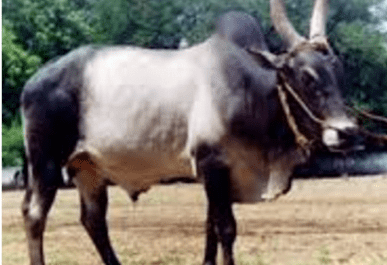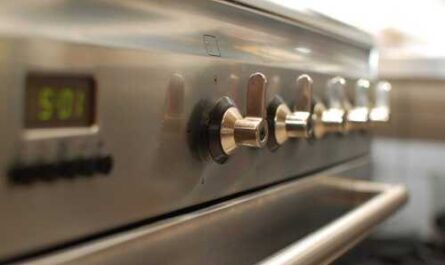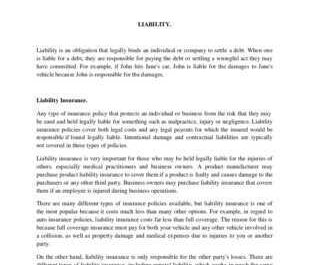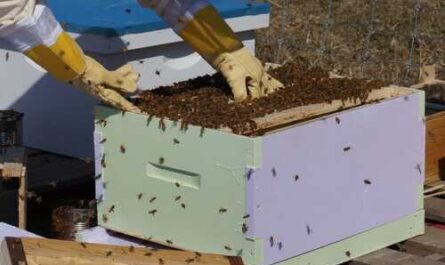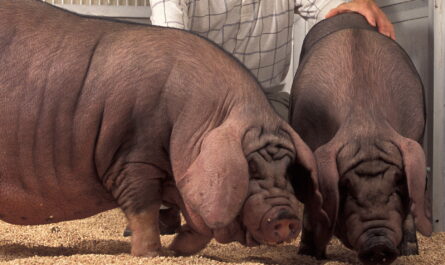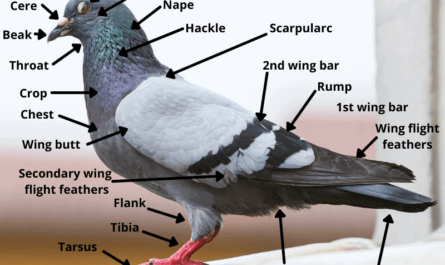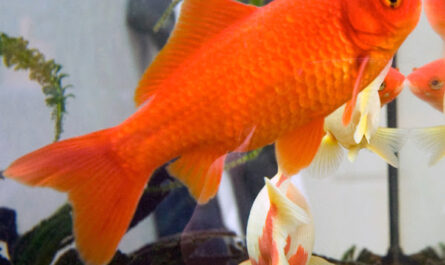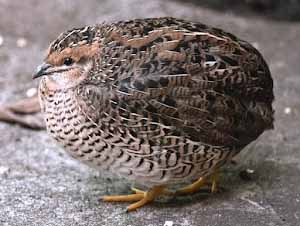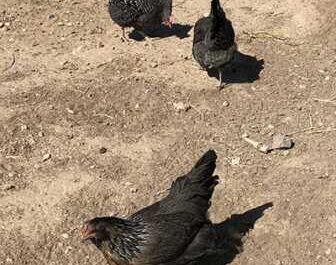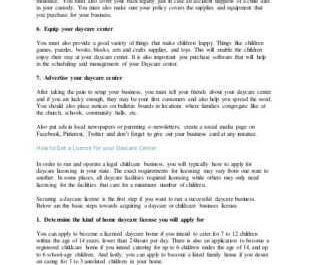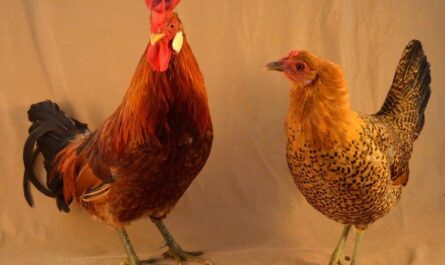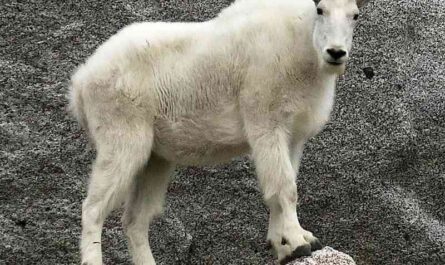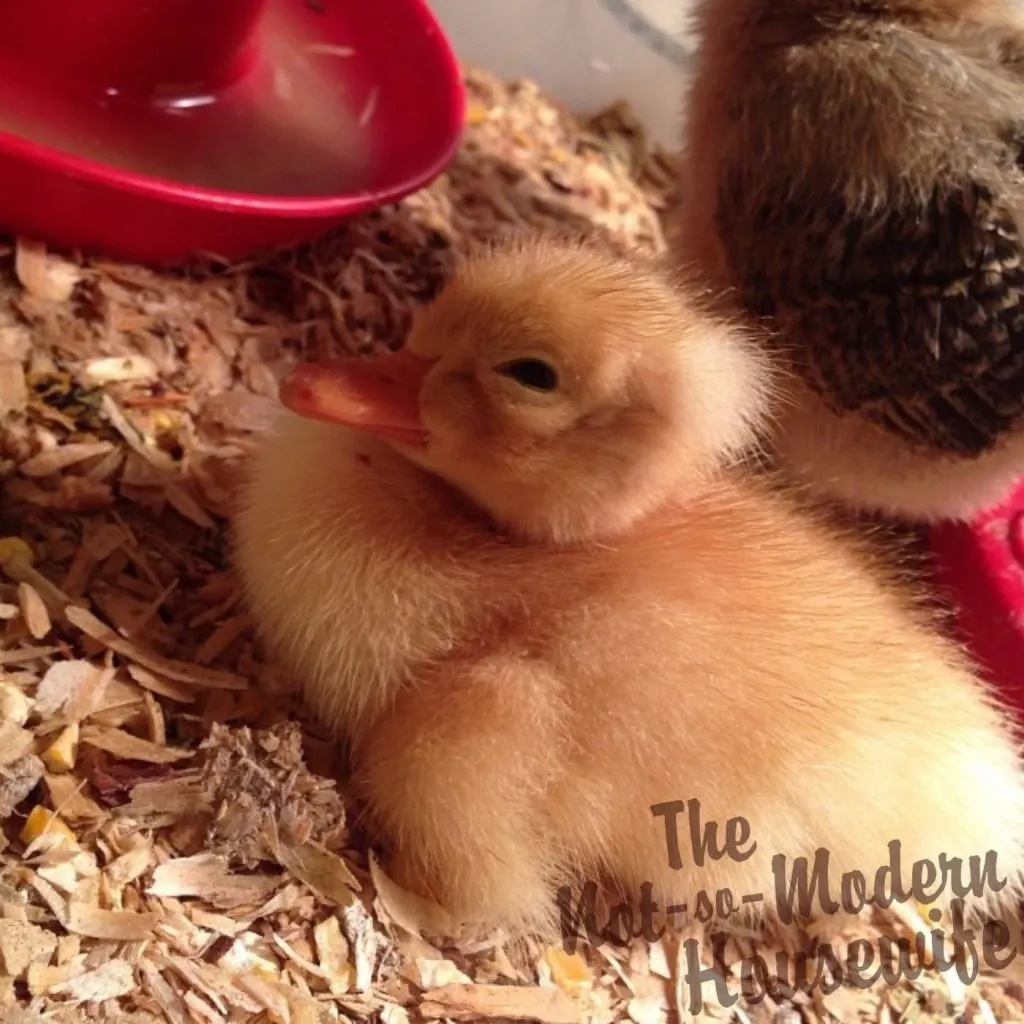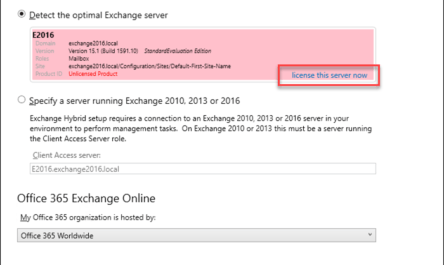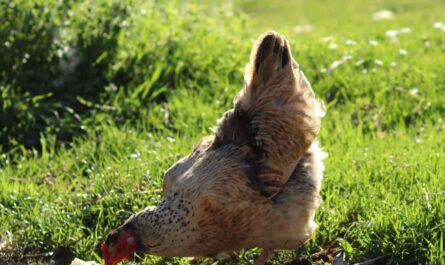Duck farming is very interesting and enjoyable. You can also consider keeping ducks on your farm or in your garden with other poultry or pets. Ducks are also perfect as pets.
Some people like to keep a few chickens, on the other hand, some people like to keep mild-mannered ducks in their own backyard for fresh eggs and quality meat production.
On average, ducks are bred for meat and egg production. There are many breeds of ducks in the world. You can easily select any breed based on your area and the duck farms available in your area.
Here we are going to go into more detail on how to raise ducks and keep your flock happy, healthy and productive at all times.
How to raise ducks?
Breeding ducks is very easy and does not require too much. They will live and bear fruit as long as you provide them with good shelter and quality food.
In order to keep a healthy flock of ducks, you need to maintain and follow a step-by-step process. Follow the duck-keeping instructions very carefully.
Select breeds
Before deciding on the best breed for yourself, think about why you want to keep ducks. You can breed ducks for fresh eggs, quality meat, and just pets. Once you have determined your goal, research the desired breed in your area.
Usually, the best breeds of egg-laying ducks are the Indian Runner and Khaki Campbell ducks. Aylesbury, Muscovy and Pekin are popular meat duck breeds. To keep ducks as pets, you can choose any breed.
But when keeping ducks as pets, most people consider the nature and beauty of ducks. If you only want to raise ducks for egg production, consider buying only female ducks.
Because male ducks are quite aggressive by nature and can fight with females. If you want to incubate eggs, keep one male duck for every six to nine females.
For keeping ducks as pets and for meat production, the male/female ratio can be arbitrary.
Houses
Good housing or shelter is important not just for ducks, but for all farm animals. Therefore, try to provide your ducks with good conditions.
A good duck management system will protect your lovely birds from predators as well as harmful weather and elements.
Ducks need shelter from the sun, good ventilation in summer and insulation in winter. Try to build their house on high ground and not in areas prone to flooding.
Add proper lighting and a heat lamp to their home. This will provide them with warmth in cooler weather and also encourage them to lay more eggs (as the presence of light greatly affects egg production).
Ducks generally don’t need too much room for themselves. Giving them 2 to 3 square feet of space per duck will suffice. Keep nesting boxes around the house for the ducks to lay eggs. Install a lockable door to their home.
This will give you access to cleaning the house and collecting eggs, protecting you from predators. Dry absorbent materials (such as shavings or straw) can be used for the flooring.
If you use dirty bedding, clean it frequently and add extra dry bedding. In a nutshell, make the house comfortable enough for your ducks.
Food and water
Keep enough feeders and waterers for your ducks so they can eat enough food and drink water as needed.
Keep 16% protein in adult duck diet, add 2% calcium for parent ducks. And in duck meat, 18% protein is recommended.
You can give fruits and vegetables to ducks. If you give them fruits or vegetables, chop them finely. Ducks usually feed on insects, so they also act as pest control.
If you don’t let the ducks out, replenish their feed with sand. As ducks are toothless birds, they need sand to grind their food.
Always try to provide them with enough clean and fresh drinking water according to their needs and replace it daily. Ducks generally like to swim. Therefore, if possible, make them a source of water so that they can bathe.
For ducks, you can use a small pond or a children’s pool. Ducks need water and baths to clean their beaks and eyes.
reproduction
You will need additional breeding items. You should keep the brooder indoors, protect it from drafts, and have an adjustable heat management system to keep the ducklings warm.
Maintain the brooder temperature at 85° Fahrenheit for the first time and reduce it at the rate of 5° each week to 70° Fahrenheit. Give the ducklings starter food until they are two weeks old.
After that, they will need an 18% protein fortified meal. At 5 weeks, increase to 16% protein.
You can let your ducklings out when they are 3 weeks old. After 3 weeks, you can introduce the ducklings to other adult ducks in your flock.
If there are problems keeping ducklings with older ducks, separate them from adults for a few days or weeks.
Health products
Always try to take care of your ducks. Regularly monitor their health to protect them from all kinds of duck diseases. Check the condition of the feathers and make sure they are clean.
The abacus nostrils and eyes should be free of dirt and debris.
Ducks are more disease resistant than chickens and other poultry. Pay particular attention to smooth webbed feet which can be easily injured on uneven surfaces.
Vaccinate ducks against fowl cholera and bird flu. Both are dangerous to humans, so be very careful and never delay vaccinating ducks against these diseases. Maintain a good relationship with your local veterinarian and call them in case of an emergency.
video








